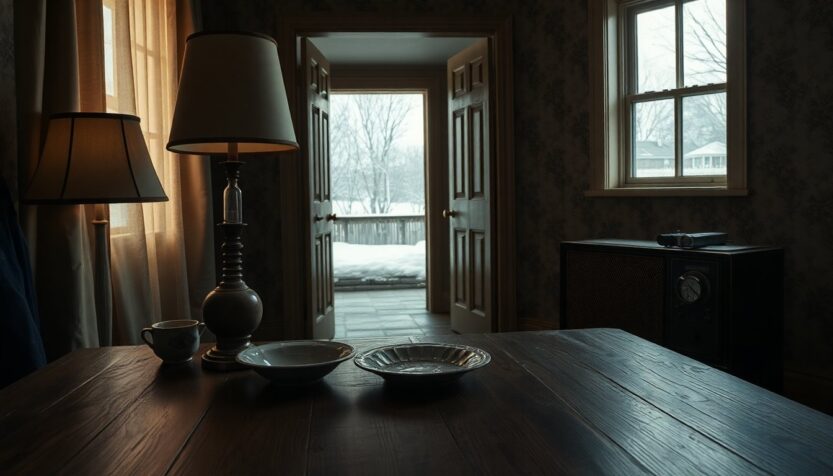Recently released on Netflix, Monster: The Ed Gein Story invites true crime enthusiasts to explore the chilling life of one of America’s most infamous serial killers. With a haunting performance by Charlie Hunnam, this series reexamines the grim historical figure whose horrific actions inspired numerous horror characters. Set against the backdrop of the 1950s, this eight-episode series intricately weaves together narratives, from Gein’s traumatic upbringing to the far-reaching consequences of his crimes.
Ed Gein’s early life was marked by isolation on a Wisconsin farm, under the oppressive influence of his fanatically religious mother, Augusta. With a largely absent father and an older brother who died under mysterious circumstances—depicted in the series as the result of Ed’s violent actions—Gein’s childhood was steeped in darkness. The narrative unfolds to reveal how Gein’s morbid curiosity began, leading him to disturb graves in his quest for understanding.
Unraveling the complexities of Ed Gein’s psyche
The series juxtaposes Ed’s early life with the broader historical context of World War II and the depravity exhibited by figures such as Ilse Koch, a war criminal infamous for her grotesque creations from human skin. In the first episode, viewers witness Ed’s disturbing relationship with his mother and women, where his twisted interpretation of love manifests through gruesome fantasies. Following Augusta’s death, Ed’s delusions intensify as he keeps her decomposing body, blurring the lines between reality and his mind’s horrors.
A descent into madness
As the episodes progress, the narrative reveals Ed’s methodical grave robbing, leading to a series of heinous acts, including the chilling case of Evelyn Hartley, a teenager whose disappearance captivated the nation. The series features Addison Rae as Evelyn, highlighting the tragic nature of her fate. Ed’s romantic entanglement with Adeline Watkins, played by Suzanna Son, adds another layer to the story. While Adeline claimed a long-standing love affair with Gein post-arrest, the veracity of this claim remains contentious and serves primarily as an additional plot device.
The aftermath of Gein’s crimes
The culmination of Ed’s dark journey arrives with the murder of Bernice Worden, a local store owner. The horrific discovery of her body in Gein’s home, alongside a collection of body parts and unsettling artifacts, shocked the community. Gein’s house quickly transformed into a macabre tourist attraction, and the chilling evidence of his crimes led investigators to believe he may have claimed the lives of nearly 200 individuals, though Ed himself confessed to only two murders.
Life after arrest
After his capture, Ed cooperated with law enforcement but was ultimately deemed unfit for trial due to severe mental health issues, diagnosed as schizophrenia. His time in the psychiatric facility was marked by various activities, including crafting rugs and experimenting with a ham radio—an outlet that provided a semblance of normalcy and connection to the outside world. In the asylum, he engaged in surreal conversations with other infamous figures, including Ilse Koch and Christine Jorgensen, a transgender woman portrayed by Alanna Darby.
The series does not shy away from depicting Ed’s violent fantasies, drawing parallels to iconic horror stories. Ultimately, Ed Gein lived out his days in the institution, passing away at 77 due to respiratory complications. The final episode artfully connects Ed’s legacy to other serial killers, with references to the likes of Ted Bundy and Charles Manson, suggesting that his influence on the horror genre endures.
In a striking conclusion, the series portrays a surreal fantasy where Ed is visited by the spirits of characters inspired by his life, including Norman Bates and Leatherface, as they celebrate his infamy. The chilling scene of teenagers stealing Ed’s gravestone serves as a haunting reminder of his complex legacy—a blend of truth, myth, and horror that continues to captivate audiences.

